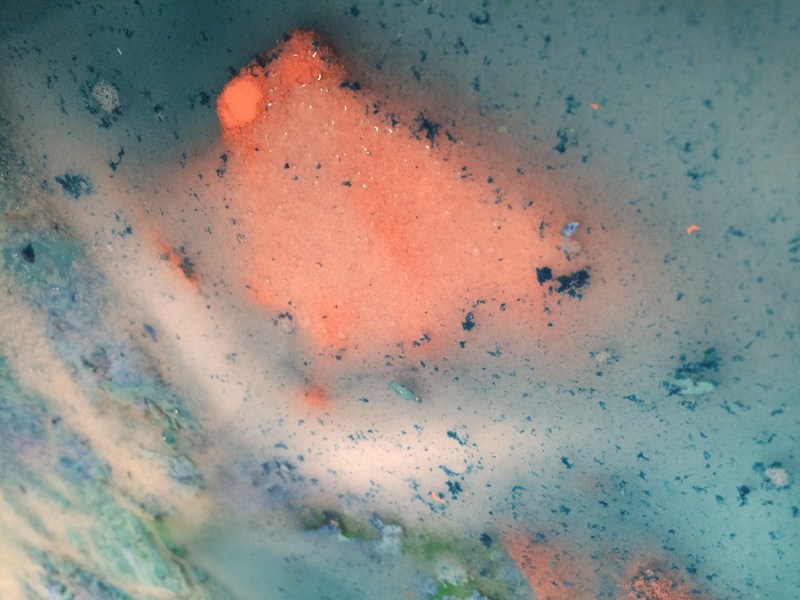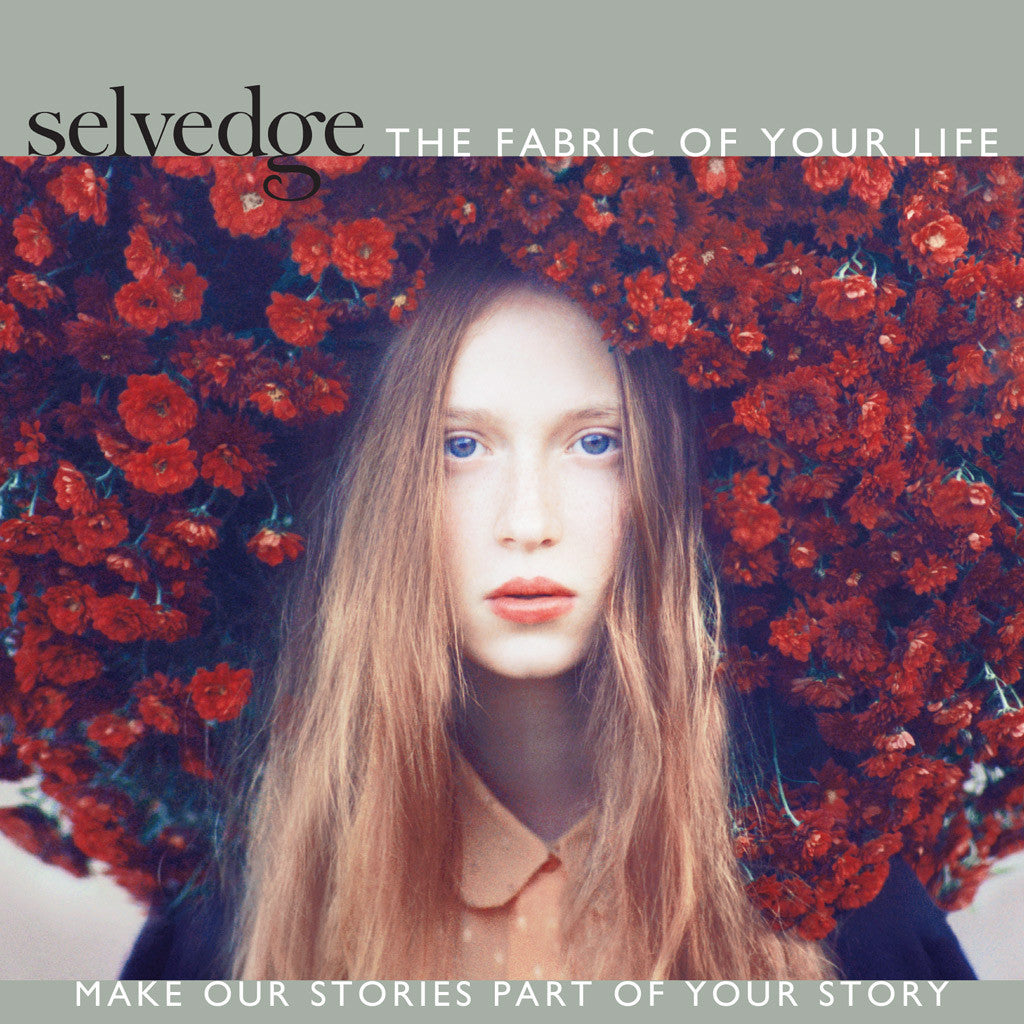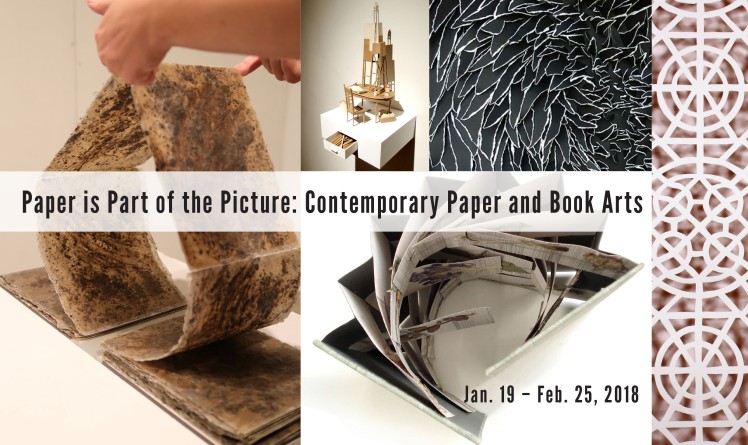Socially conscious Los Angeles artist, Renae Barnard opens up with me for an interview regarding her most recent public installation at Bergamot station. Her installation brings us in visually with its tactile presence and keeps us intellectually with her powerful conceptual engagement with social justice and women’s rights issues.
Tell me a little about your background leading up to Claremont Graduate University and living and working in Los Angeles, how do you feel like these decisions helped shape your career?
I studied studio art at California State University Los Angeles and focused on mixed-media installation with elements of photography, ceramic sculpture and video. I was chosen from a select group of students to exhibit my installation, Almost Lovers Always Do during a special exhibition, Infinite Encores at the Harriet and Charles Luckman Gallery in Los Angeles, CA (2012).
It was during my last year at CSULA that I began working on my first socially engaged project, How Do You Know?
“What is a woman?” “What is a man?” “How do you know if you are one?” Despite how simple these questions may seem, they are often difficult and complicated to answer. It is the broad range of responses that emphasizes this. This work invites viewers to consider the social and psychological dynamics that charge the simplest of questions. Visitors have the opportunity to contribute their own responses both during the exhibition and afterwards by email or postal mail. The installation is ultimately fueled, created, and received by the community at large—not just those who attend, but also those who responded to the prompts initially, and those who provide additional responses after viewing the project.
Since its inception How Do You Know? has been installed at the San Francisco Center and the West Hollywood Public Library (as part of the Christopher Street West Pride Celebration), shown at the CSULA COMA Gallery and the LA Municipal Gallery, as well been installed inside of a U-Haul truck (as part of Install Weho) and in an East Los Angeles underground tunnel as part of This Magnificent World. The video documenting the installation was shown in 2013 as part of the Sick Exhibition in San Francisco and the Fargo-Moorhead Film Festival, and screened in 2014 at the Queens Museum, NY, the Women and Minority Film Festival, Tampa International LGBT Film Festival, Long Beach LGBTQ Film Festival, Park Circle Film Society Festival and the Boston LGBT Film Festival.
Throughout my undergraduate studies, I had the opportunity to show my work at galleries and film festivals internationally. This gave me the opportunity to work with international curators and art professionals expanding my interest in social engagement and public practice.
Tell me about your artistic goals within your practice and how the materials you use have influenced this practice.
I’m interested in indulging in the pleasure and tactility of making while exploring the network of interactions between perception, time and the inadequacy of language. Many of my sculptures are worked within inches of collapse and reflect my attraction to the imperfect and the aged. My work considers the ways in which identity is crafted and regulated by repetitive language and how realities are shaped through social ideologies. I am deeply invested in community-building, environmental issues, and social justice.
Tell me about this current piece at Bergamot Station and what your artistic vision was for installing it.
Propagate Progress began as a participatory community-building event that culminated with a temporary sculptural installation. On May 21,2016 the Los Angeles County Metropolitan Transportation Authority (Metro) trains opened to public passengers for the first time at 26th St/ Bergamot Station. Supported by a team of artists (friends) and a grant from the National Endowment for the Arts (NEA), I invited Bergamot Gallery visitors, train passengers and the public at large to discuss their visions for progress and to contribute their promises to the future by writing or drawing on large-scale paper rolls. What are the promises that we are willing to make to ourselves and each other? In what ways, small and large, can we contribute to a sustainable future?
By manually twisting together the shared community promises, a rope-like form was created and ultimately used as the primary building material of the sculpture. In the same way that our will to achieve progress strengthens when we come together, the frail paper became more substantive with every twist. The completed sculpture served as an ephemeral symbol of our collective commitment to progress. However, the sculpture is not intended as a permanent monument. In the same way “progress” today becomes history tomorrow, this work is about transformation and change.
How did you become interested in public artwork versus traditional gallery settings, and how does your practice benefit from this public outdoor exposure?
I’m especially interested in the effects of human and environmental forces as a component of the installations development. For example, Propagate Progress was installed at Bergamot Station’s “People Park” where the community originally gathered (May 2016) to discuss our hopes, fears and promises. A variety of pigments, mark making techniques and conditions were applied by the participants who created results substantially different from what might have occurred in a controlled studio environment. The personal connection to the forming of the work allowed us the opportunity to know one another, connecting our personal challenges to global and local social/ environmental/ political problems.
Exposure to wind, sun and rain accelerated the sculptures destruction, rapidly shifting our vibrant promises for a better tomorrow into faded, decomposing pulp.
What do you think about the timeliness of the work in the state of the world today?
Notions of progress can be riddled with judgment based on differing points of view. For example, developers often view gentrification as “progress” because it will improve building standards and/or introduce new services while long-time residents of a gentrifying area may view it as “regress” because it would change or eliminate the culture of their neighborhood.
When I first engaged the community in May 2016 we were in the primary stages of the presidential election process. By the time the work was installed on December 15th, many Americans were frightened of the changes that were promised (threatened) under the guise of progress. Today, the installation is gone, but more than ever before our challenges remain.
Much of my artwork wrestles with what progress means, including changes in our environment, as well as changes in equality for women, LGBTQs and people of color. I try to affect my own vision for progress through making and exhibiting artwork about these issues.
Renae Barnard’s work is layered with meaning and consciousness that allows everyone to engage on their own unique level. She is making political work that is powerful and strong without hitting you over the head with it, rather you get to let it sink in as you spend time with her and the work she is making. Her poetic gestures within her practice symbolize a larger community and struggle that is both singular and shared. You can find more of Renae’s work here:
By: Megan St. Clair
3/7/17





































